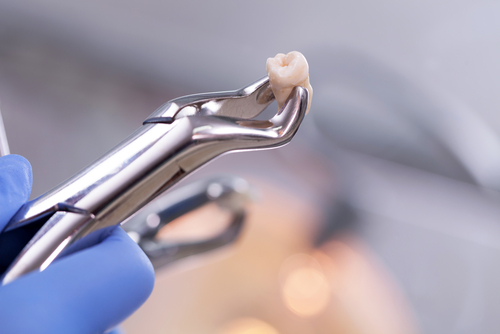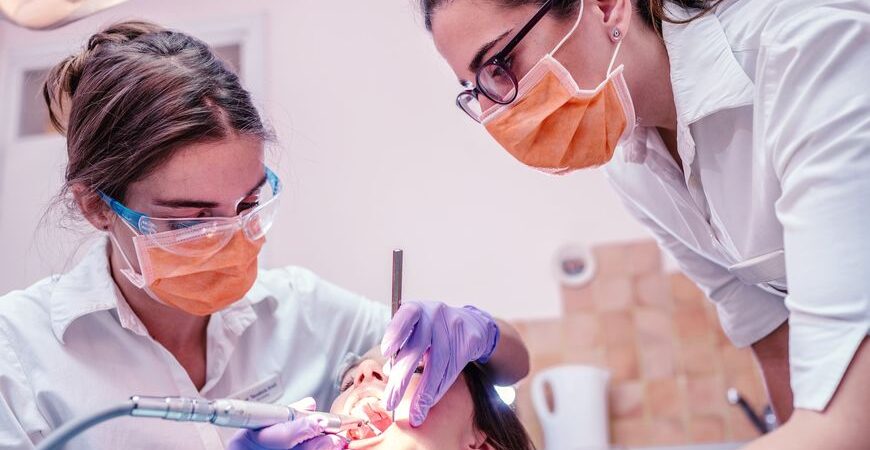Dental Implants 101 – Everything You Need To Know Before Placement Day
There are two major types of dental implants: endosteal and subperiosteal. Subperiosteal basically refers to an implant that rests right on top of the jawbone under the gum tissue. Endosteal refers to an implant that is in the bone. Subperiosteal implants have gone into extinction due to their long-term results as compared to endosteal dental implants.

The primary function of dental implants is to replace teeth. However, dental implants can still help in other dental procedures. Dental implants can be used to support a removable denture and also make provision for a more secure and comfortable fit. Also, dental mini-implants can be used as temporary anchorage devices to help move teeth to a particular location in orthodontics procedures. These mini-implants are not big and they are fixed temporarily to the bone while helping in anchorage for teeth movement. After they have served their function, they are removed.
There are patients who have lost all their teeth to decay or gum disease of the upper or lower arch. What can be done to them is to provide a comfortable and stable prosthesis using a minimal number of implants.
There are potential risks attached to any type of surgery. It is important to carefully ensure that a patient is healthy enough to have oral surgery and heal thereafter. Bleeding disorders, allergies, infections, and other medical conditions need to be properly reviewed before any treatment is given. It is also important to note that dental surgery is usually performed under local anesthetic hence no pain is felt during the process. However, most people will feel a bit of discomfort similar to a tooth extraction after the surgery.

How does treatment begin? This starts with a very thorough examination of the mouth, jaw, and teeth. Questions will also be asked about the patient’s medical and dental history. After this, detailed images of the teeth are taken. The patient will then be interviewed on his or her treatment options so that the dentists can use the ideal method to treat him or her. Technology has really helped to boost the certainty that comes with dental implants. Today, the success rate for dental implants is about 98%. Dental implants can be used in the replacement of several teeth, a single tooth, or even all of the teeth. The aim is to restore aesthetics and function.


